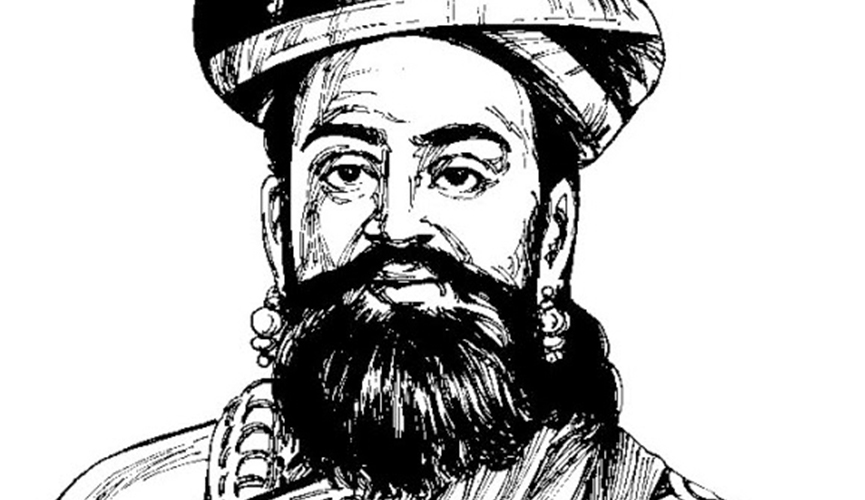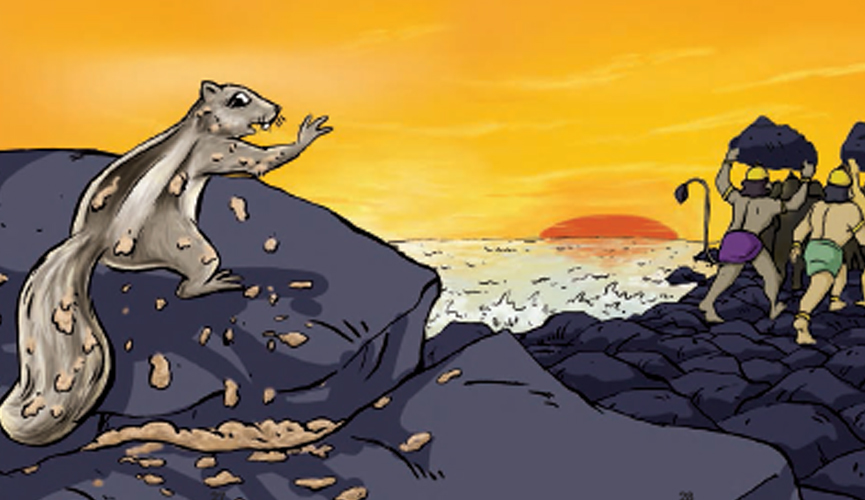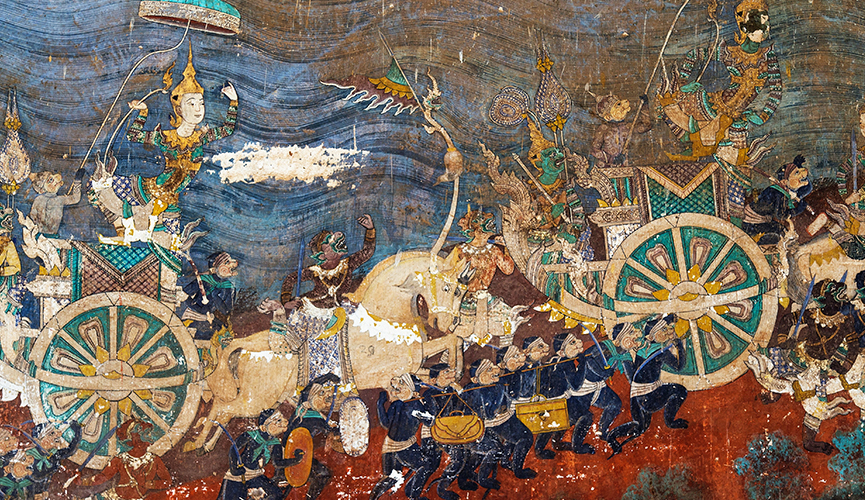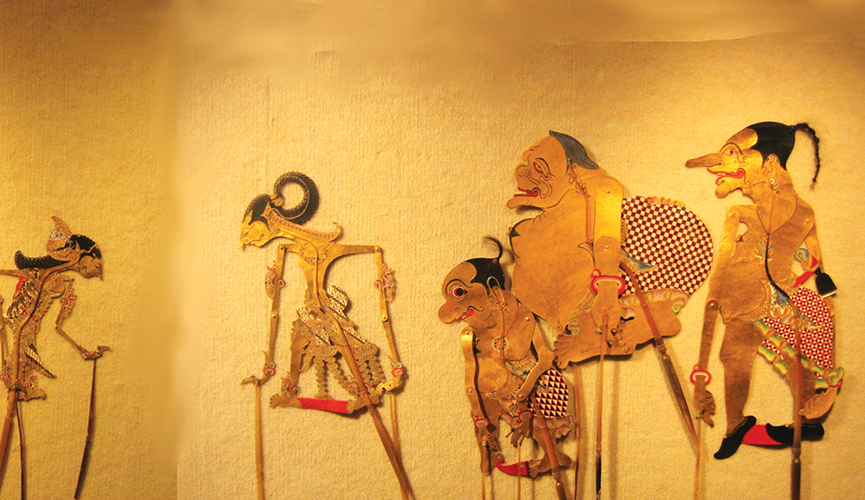Did you know there are over 300 versions of the epic story of Prince Ram?
Sage Valmiki wrote the definitive version of the Ramayana we all know and love, but as many as three hundred different versions of the epic are known to exist. In fact, the mammoth text even has versions that originated outside India. These versions can be found in China, Japan, Iran, Indonesia, and Cambodia, among others. Here are some of the examples of these, both within India and from abroad:

Get the entire Valmiki’s Ramayana – 6 vol set here: link.
The Ramavataram: Written by the legendary Tamil poet Kambar under the patronage of the Pannai kula chieftain Thiruvennal Nallur Sadayappa Vallal, the epic work is based on Valmiki’s work, but differs in specific incidents in the storyline and spiritual aspects. This is mainly because when in Valmiki’s version, Rama is a mortal prince whereas, by the time Kambar writes his version, Rama has already been deified as an incarnation of Vishnu himself. So when Rama kills Vaali from his hiding spot, he doesn’t feel the need to explain himself, as he fulfilled his kshatriya duty. However, when the same incident is retold by Kambar, Rama explains his actions many times over in the form of song. Even little things like the manner in which Ravana abducts Sita is shown differently. In Valmiki’s version, Ravana grabs Sita by her hair and hoists her over his shoulders. However, in Kambar’s version, Ravana lifts her off the ground with the piece of the earth she is standing on, with not even a fingernail touching her.

Get the entire Valmiki’s Ramayana – 6 vol set here: link.
The Ranganatha Ramayana: It is the most famous Telugu adapatation of the epic penned by the famous poet Ranganatha between 1300 and 1310 AD; there are over 40 adaptations in Telugu, but only four cover the entirety of the story. Ranganatha Ramayana is famous for introducing the fabled squirrel incident; when the vanaras were helping Rama build a bridge to Lanka, a humble squirrel decided to do its bit and help out. As a gesture of his gratitude, Rama blesses the creature by drawing three lines on its back with his fingers.

The Reamker: A version of the Ramayana that originated in Cambodia, the epic builds on its Hindu roots and gives it shades of Buddhist philosophy. Literally translated to ‘Glory of Rama’, the story highlights the battle of good and evil, and plays on themes like justice and fidelity through Phreah Rama (Ram), Neang Seda (Sita) and Krong Reap (Ravana). In this version, there are new characters introduced like Sovanna Maccha, a mermaid who Hanuman encounters on his journeys. Like most South Asian texts, the Reamker is not limited to its literary form, but is retold through all art forms, from sculptures to dance-drama, music to paintings. Scenes from the epic appear as temple paintings and is said to have adorned the great temple of Angkor Vat.
Get the entire Valmiki’s Ramayana – 6 vol set here: link.

Kakawin Ramayana: The Jawanese rendition of the epic is considered to be the pinnacle of poetic expression in Indonesia and has a lot of differences from Valmiki’s original. While the first half still matches its Sanskrit predecessor for the most of it, the second half sees the introduction of the all-powerful Jawanese guardian spirit, Semar, and his monstrous sons, Gareng, Petruk and Bagong. These four characters are staples in Javanese shadow puppetry or ‘Wayang’, and show up as comical servants to the hero, in this case, Prince Rama. Interestingly, in this version, Hanuman is considered the king of the monkeys, not Vali or Sugriva like in the original. Scholars say that the first half is based more on the poet’s Bhatti’s Ravanavadha, written in the 6th or 7th century, rather than Valmiki’s Ramayana.
Other notable versions include:
– Ramakien in Thailand
– Phra Lak Phra Ram in Laos
– Yama Zatdaw in Burma
– Saptakanda Ramayana in Assam
– Ramacharitam in Kerala
– And of course, the poet Tulsidas’ famous Ramcharitmanas
Get the entire Valmiki’s Ramayana – 6 vol set here: link.





